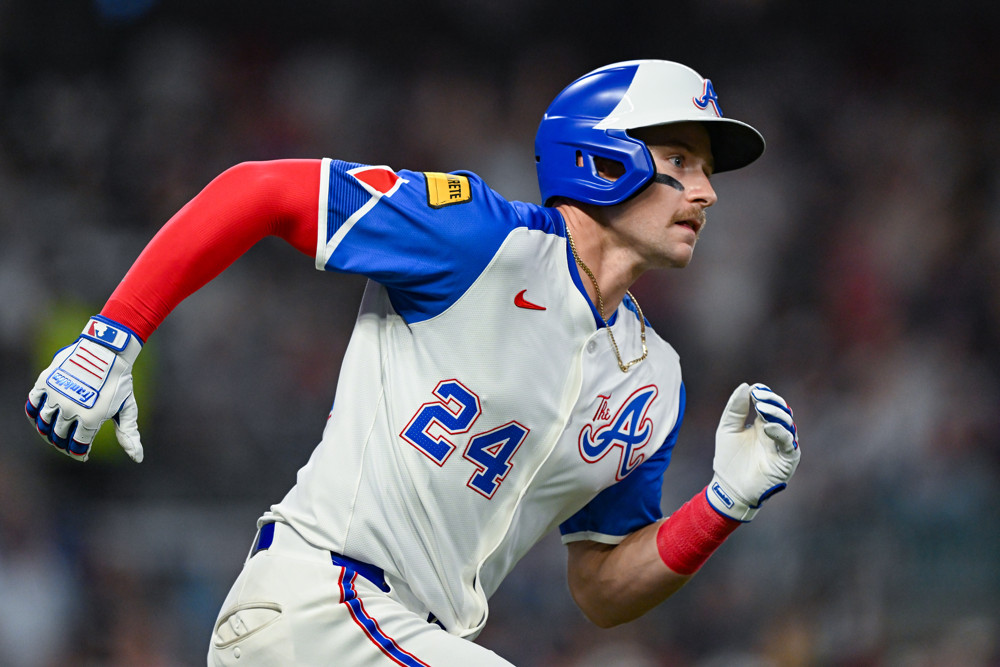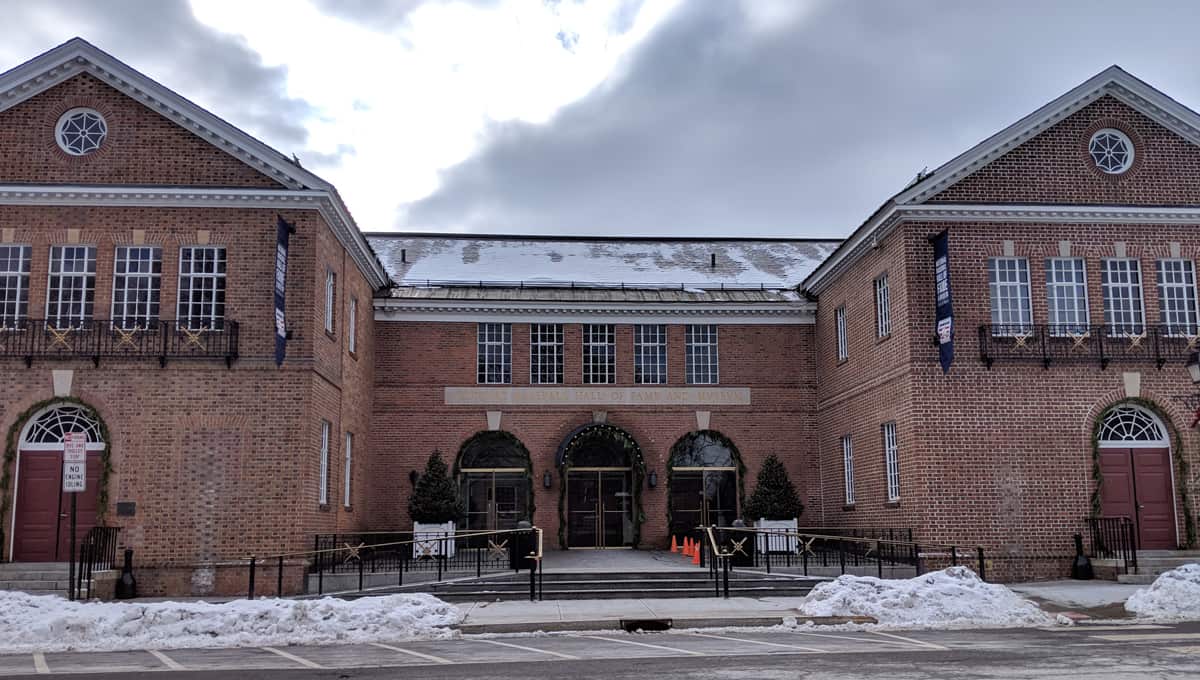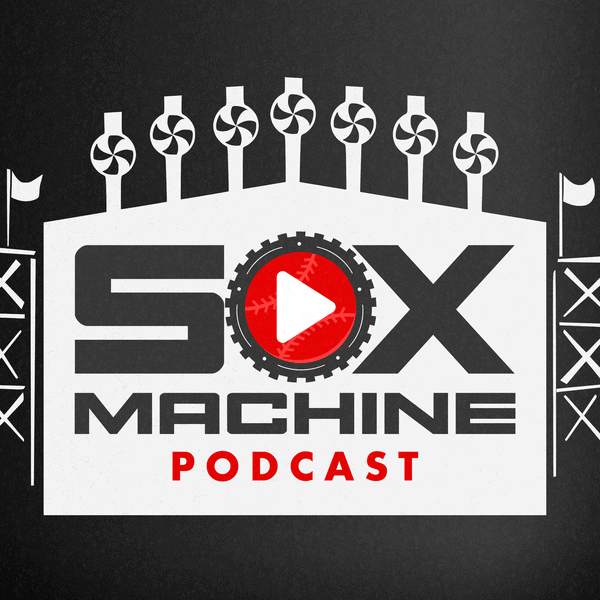The White Sox played their first three-hour game of the season on Saturday, finishing their chaotic 6-4 loss to the Astros in three hours, 11 minutes. Considering both teams used four relievers, tallied double digits in hits and allowed nine free bases (seven walks, two HBPs).
The teams threw a nearly identical amount of pitches -- 174 for the White Sox, 173 for the Astros. Looking through similar White Sox games over the last couple years, you're still seeing 15-25 minutes shaved off the duration, so even less-than-taut affairs are condensing more of the action into less time.
The New York Times graphed out Opening Day, and the average time of game clocked in at 2 hours, 45 minutes (the first two Sox-Astros game came in under by 5-7 minutes). That's a drop of 21 minutes from last year's average, even with a rise in hits per hour thanks to the crackdown on radical shifting.
There's a chance this pace could hold, because aside from a call against Pete Alonso that the league apologized for, there haven't been any high-profile misinterpretations that could cause the league to pull back thus far.
If it does, the Wall Street Journal's Lindsey Adler wondered about the cumulative effect it could have to on players over the course of the season.
Twenty-five minutes per game may not seem like a drastic change, but the cumulative total presents a staggering change to the time the players will spend on the field in a season. Over the course of a 162-game season, that would add up to a spare 67½ hours per team. On a week-by-week basis, that would strip around 2½ hours of playing time per week—essentially shortening the player’s workweek by the time it would take to play nearly a full regular-season game.
Most of the focus on the physical effects of the pitch clock has centered on pitchers, and whether they would have to alter their effort level in order to recover between pitches safely. Adler applies the question to everybody else on the diamond -- less time on the field means less squatting for catchers, more recovery time between games, earlier flights for teams that travel more than others, more sleep.
There's also a chance that it could result in some sloppiness -- catcher reflexes as pitches pile up quicker (J.T. Reamlmuto said he was "out of breath" on Opening Day), less precise infield positioning after strenuous efforts, and so forth, but most everybody Adler talks to feels like the positives will outweigh the negatives.
These benefits reach fans as well. Travis Sawchik noted that all of Saturday's West Coast MLB games finished before midnight EDT, which allows PDT-curious MLB.tv subscribers to see more games they'd normally write off. For instance, those tuning in to the Dodgers tonight would've gotten to see all of Trayce Thompson's three homers at a reasonable hour.
Spare Parts
Reynaldo López's quote about the Pedro Grifol administration's bullpen plan looks like another sideswipe of the Tony La Russa era ...
“The coaching staff is letting us know the roles for the day,” López said through an interpreter. “And then before the game starts, we’ll know what kind of situations we are going to get in the game. That helps a lot for our preparation and our mindset. That communication is very good. That allows you to be prepared. The communication this year has been way way better than a couple of years and that has helped all of us. We have different groups. There’s a group who is going to pitch early in the game and another group that is going to pitch later in the game. Everybody knows where the possibilities are for them to pitch. I think that’s good. It has helped me to prepare for that specific moment.”
... but given that the bullpen has been front and center in the last two losses, it's too early to say whether it actually makes a difference.
- Reflections on the revolution in minor league labor relations -- FanGraphs
- Minor league CBA will have major impact -- Baseball Prospectus
The base salaries for minor league players are still startlingly low, but when you combine them with other victories during their first CBA negotiations (pay during spring training and instructional leagues) and before (provided housing, which now guarantees individual bedrooms in the high minors), it's a lot more livable than it used to be. The biggest concession was the lowering of the in-season reserve list from 180 to 165 players.
Read the only defensive comparison you may ever seen between Andrew Vaughn and Byron Buxton.
Still, before opening night at Minute Maid Park, Vaughn had played only 35 major-league games as a first baseman, 35 more as a designated hitter and 194 as an outfielder, with a scattered few elsewhere. Vaughn isn’t the type to wear stress on his sleeves, but his outfield experience hardly was comfortable. He worked hard at it, yes. But every once in a while, he’d watch an elite outfielder like Byron Buxton or Cedric Mullins go get a baseball that wasn’t meant to be caught and think: Yikes.
“I was doing my best to try to get to them,” he said, “but I’m just not gifted with the most speed.”
Andrew Marchand reports that Frank Thomas, who wasn't included in Fox Sports' preseason roster on press releases, is officially out now that Derek Jeter is aboard.
Setting aside thoughts about Thomas as an analyst, I always wonder a player who was renowned for never saying interesting during his playing career would be a particularly scintillating analyst, compared to more charismatic and forthcoming starts like Pedro Martinez.
Maybe we'll see more Thomas around NBC Sports Chicago. For the time being, never forget his best line:
https://twitter.com/cjzero/status/1642337299932360706?ref_src=twsrc%5Etfw






